Leopard geckos have taken the reptile world by storm, becoming one of the most beloved pet lizards across the globe. With their distinctive spotted patterns, docile temperaments, and relatively easy care requirements, it’s no wonder these charming reptiles have found their way into so many homes. But behind those captivating eyes and adorable smiles lies a world of surprising adaptations and behaviors that even experienced owners might not know about. From their prehistoric origins to their remarkable physical capabilities, leopard geckos are far more complex and fascinating than their small size might suggest. Let’s explore twenty unexpected facts about these remarkable reptiles that will deepen your appreciation for these extraordinary creatures.
They’re Actually Desert Dwellers
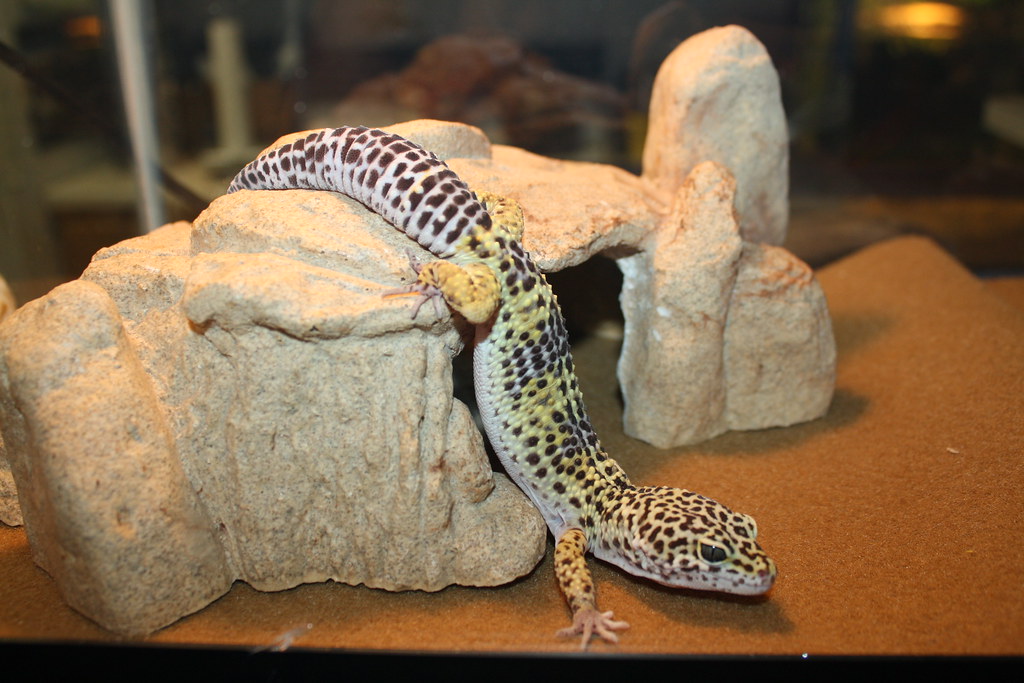
Contrary to what many assume, leopard geckos don’t originate from tropical rainforests but are native to the arid regions spanning from parts of Afghanistan through Pakistan, India, and into Nepal. These hardy reptiles have evolved to thrive in rocky, dry environments where temperatures fluctuate dramatically between scorching days and cool nights. Their natural habitat consists of sparse vegetation, rocky outcrops, and hard-packed soil where they’ve mastered the art of desert survival. Understanding their natural habitat explains many of their unique adaptations, from their water conservation abilities to their temperature preferences in captivity.
They Store Fat in Their Tails
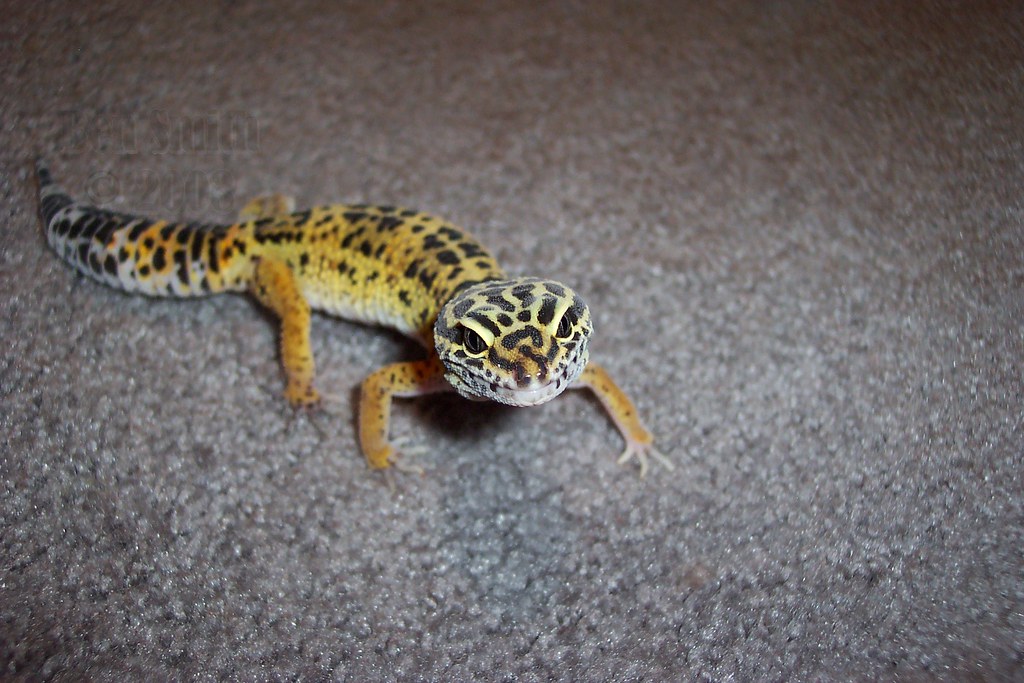
The plump tail of a healthy leopard gecko isn’t just for show—it’s actually a sophisticated survival mechanism. These remarkable reptiles store fat and water reserves in their tails, allowing them to survive during periods of food or water scarcity in their harsh native desert environments. A well-fed leopard gecko’s tail should be thick and rounded, almost resembling a carrot in shape. When food becomes scarce, they can metabolize these stored resources, sometimes surviving for weeks without a meal by slowly utilizing these reserves. This adaptation explains why sudden tail thinning in captive geckos is considered an immediate warning sign for health issues.
They Can Detach Their Tails When Threatened
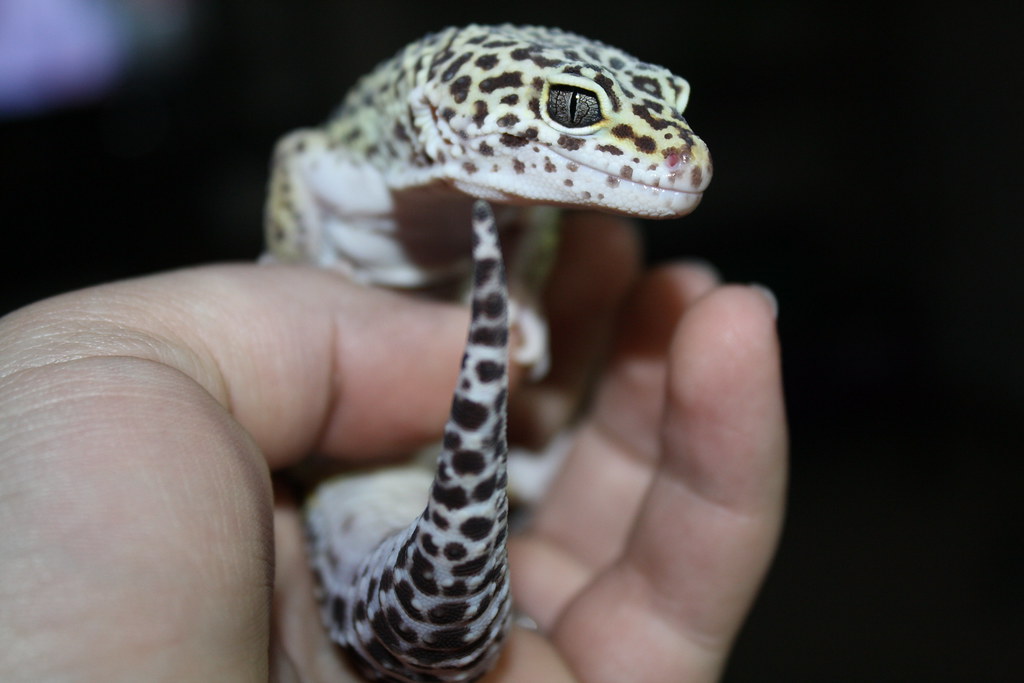
Leopard geckos possess the remarkable ability to voluntarily detach their tails through a process called caudal autotomy when faced with danger. This survival mechanism allows them to escape predators who may grab them by the tail, as the detached tail continues to wiggle and twitch for several minutes, distracting the predator while the gecko makes its getaway. Unlike some lizard species that regrow an exact replica, a leopard gecko’s regenerated tail will look noticeably different—typically shorter, stubbier, and with a different pattern and color than the original. The regrowth process can take several months and requires significant energy resources from the gecko, which is why tail dropping is truly a last-resort defense mechanism.
They Have Movable Eyelids
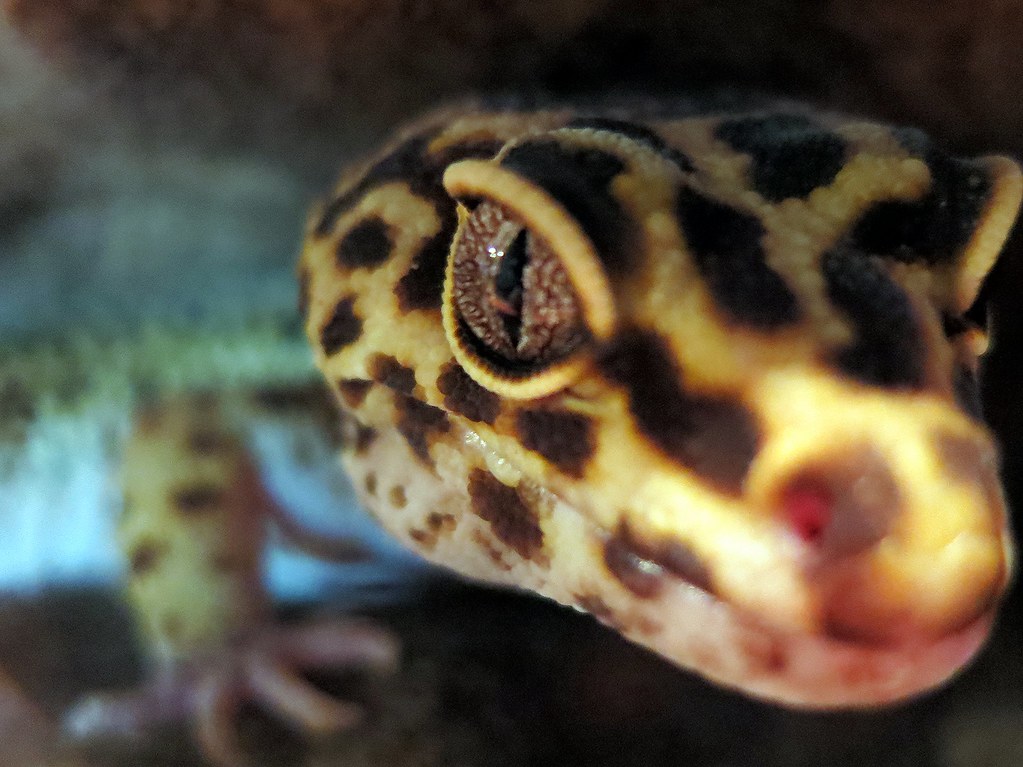
Unlike most other gecko species that have fused eyelids covered by a transparent scale (called a spectacle), leopard geckos possess fully functional, movable eyelids. This unusual trait among geckos allows them to blink and close their eyes, which helps protect them from the harsh, sandy conditions of their desert habitat. Their ability to close their eyes also means they sleep in a way that looks remarkably similar to how many mammals sleep, with eyes fully shut. This distinctive feature makes leopard geckos somewhat easier to care for than other gecko species, as they don’t face the shedding complications that can occur with species that have fixed eyecaps.
They “Smile” Due to Their Skull Structure
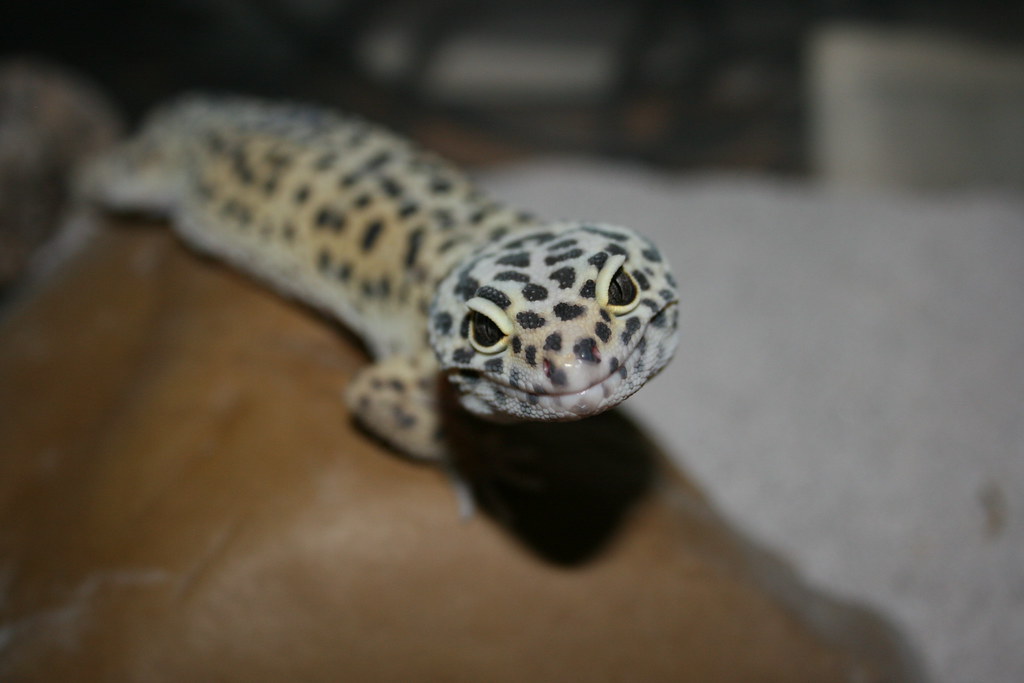
The characteristic “smile” that makes leopard geckos appear so endearing isn’t actually an expression of emotion but rather a result of their unique skull and jaw structure. Their mouth corners naturally turn upward due to the shape of their skull, creating what humans perceive as a permanent smile. This anatomical feature, combined with their large, expressive eyes, contributes significantly to their appeal as pets, as they appear more approachable and “happy” compared to other reptiles. While this perpetual smile has helped make them popular pets, it’s important to remember that interpreting it as happiness is anthropomorphism—though leopard geckos can indeed experience states of stress or contentment, they don’t express emotions through facial expressions as humans do.
They Can See Colors in Low Light
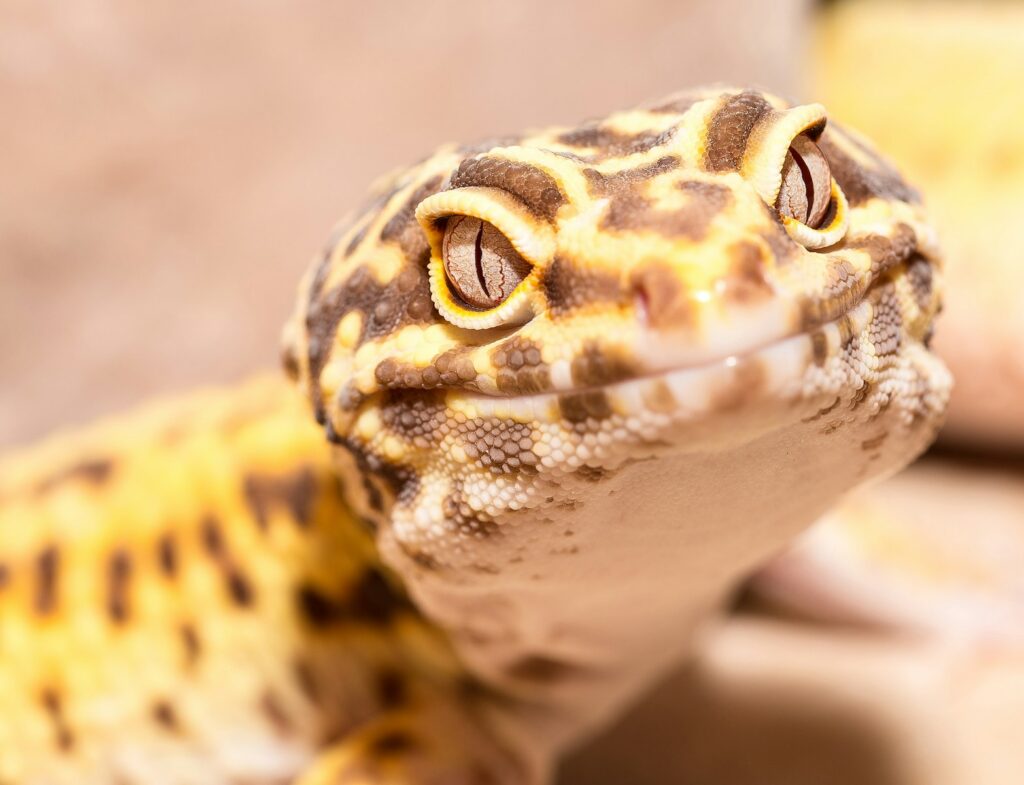
Leopard geckos possess remarkable vision specifically adapted for their crepuscular lifestyle (being most active at dawn and dusk). Their large eyes contain a high concentration of rod cells that allow them to see in very dim lighting conditions, giving them a significant advantage when hunting during twilight hours. Even more impressively, research suggests that unlike many nocturnal animals that sacrifice color vision for light sensitivity, leopard geckos maintain some ability to distinguish colors even in low light conditions. This specialized vision helps them identify potential prey, recognize territorial markings, and navigate their environment during the times when they’re naturally most active, making them highly efficient hunters in their natural habitat.
They Have Unique Vocalizations
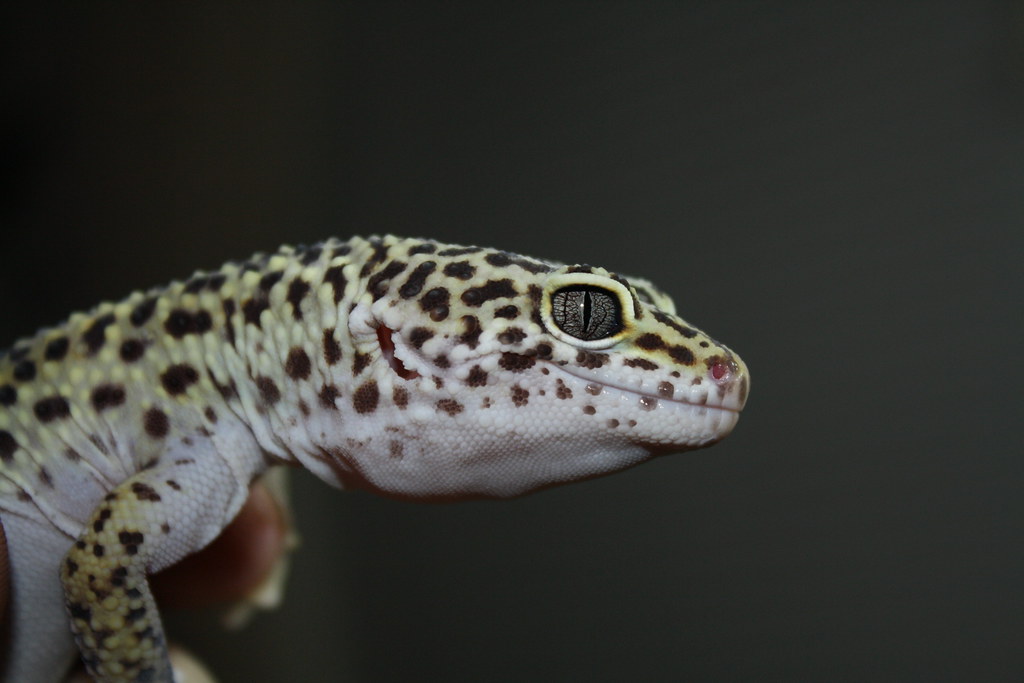
Despite their small size, leopard geckos are surprisingly vocal creatures with a repertoire of distinct sounds used for communication. They can produce chirps, squeaks, clicks, and even barking sounds to express various states ranging from contentment to stress or territorial warnings. A soft chirping often indicates a content gecko, while loud squeaks or screams typically signal fear or distress. Male leopard geckos are generally more vocal than females, especially during breeding season when they’ll emit specific calls to attract mates. Long-time owners often become adept at recognizing their pet’s different vocalizations and can identify their gecko’s mood or needs based on these distinct sounds.
Temperature Determines Their Gender
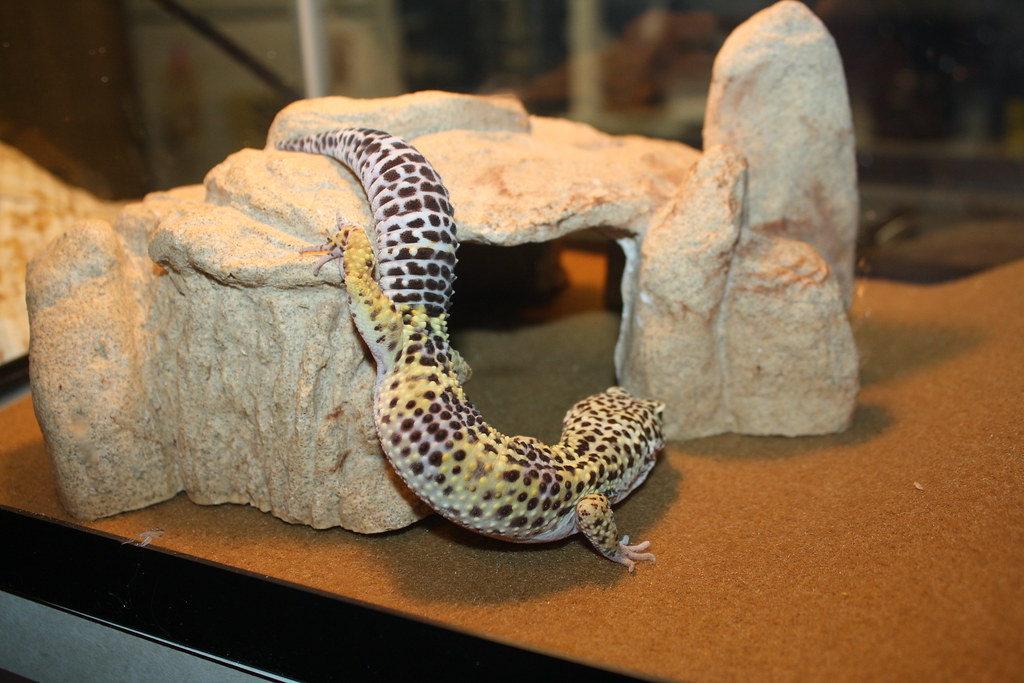
In a fascinating biological phenomenon known as temperature-dependent sex determination, the incubation temperature of leopard gecko eggs directly influences whether the embryos develop as males or females. Eggs incubated at lower temperatures (around 79-80°F) typically produce females, while those kept at higher temperatures (around 90°F) usually develop into males. Interestingly, eggs incubated at mid-range temperatures (around 87-88°F) often produce a higher percentage of females that tend to show more assertive behaviors than their lower-temperature female counterparts. This natural mechanism allows wild leopard gecko populations to adapt their sex ratios based on environmental conditions, potentially increasing reproductive success under varying climate scenarios.
They Have Night Vision “Equipment”

Leopard geckos possess a specialized adaptation that dramatically enhances their night vision capabilities—a reflective layer behind their retinas called the tapetum lucidum. This structure works like natural night-vision goggles by reflecting light back through the retina, giving photoreceptor cells a second chance to detect available light particles in dim conditions. This adaptation explains why leopard gecko eyes appear to glow when light is shined on them in the dark, similar to cats and other nocturnal animals. The tapetum lucidum provides these geckos with vision sensitivity approximately 350 times greater than human night vision, allowing them to detect the slightest movements of small insects in near-darkness and making them exceptionally efficient nocturnal hunters.
They Lick Their Eyes to Clean Them
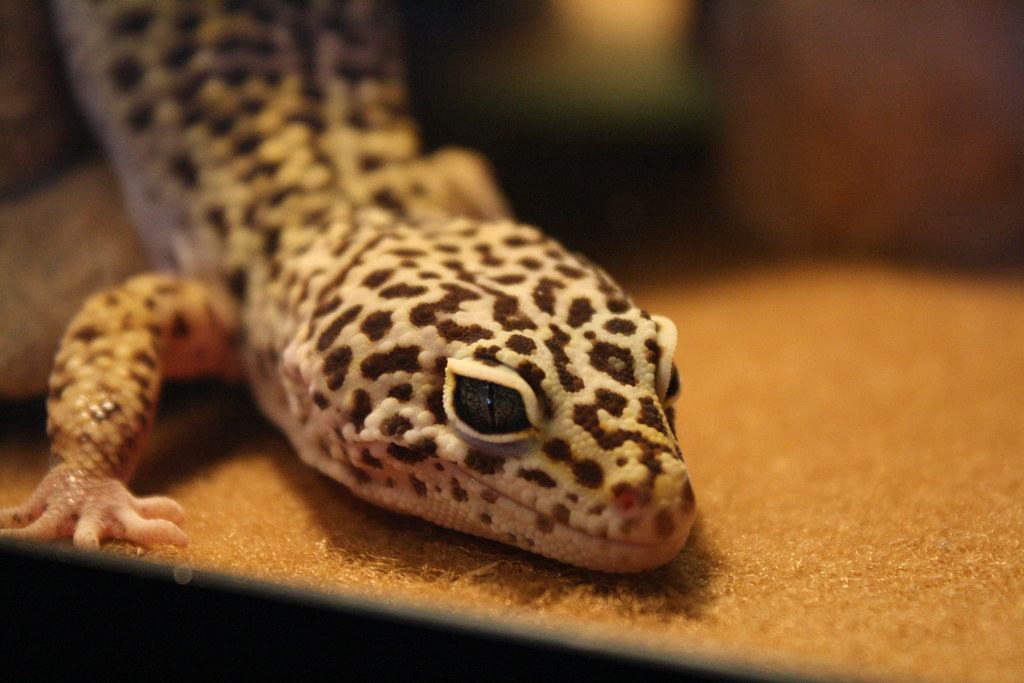
Despite having eyelids unlike most other geckos, leopard geckos still engage in the curious behavior of licking their eyes. This isn’t merely a quirky habit but serves the practical purpose of keeping their eyes clean and moist in their naturally dry desert habitat. Using their long, flexible tongues, they can reach across their face to remove dust particles, shed skin, or other debris that might impair their vision. This behavior is particularly important during shedding cycles when pieces of old skin could otherwise accumulate around sensitive eye areas. Regular eye-licking is actually a positive behavioral sign that indicates a leopard gecko is maintaining proper hygiene and likely in good health.
They Have “Sticky” Feet Without Adhesive Pads
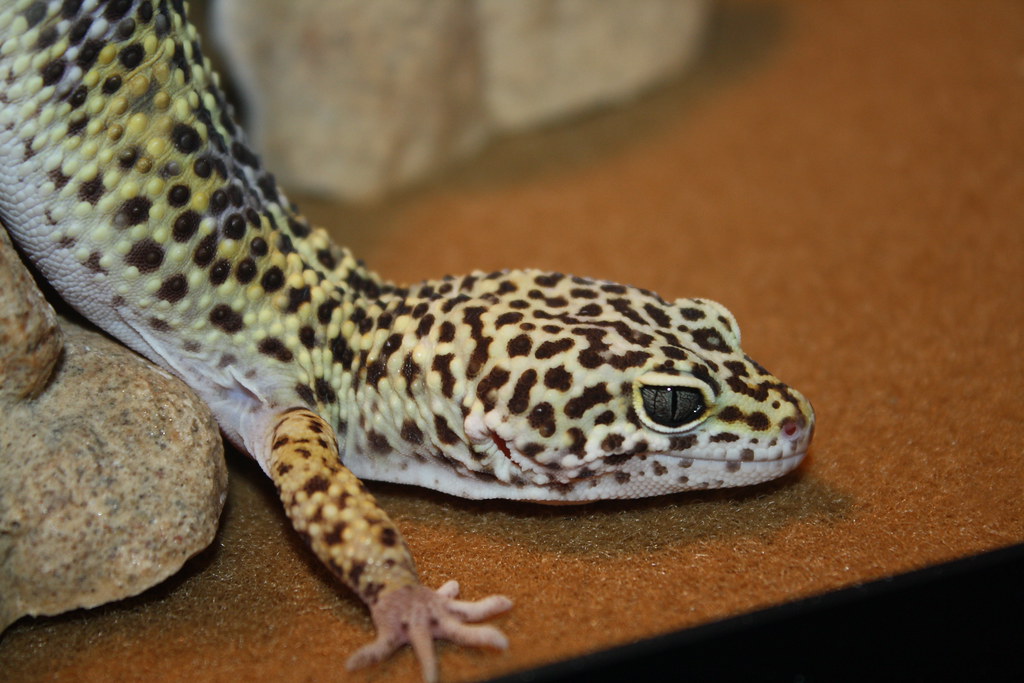
Unlike many of their gecko cousins such as crested or day geckos, leopard geckos lack the specialized adhesive toe pads that allow for climbing smooth surfaces or walking upside-down. Instead, they have small claws on each toe that are perfectly adapted for navigating the rocky terrain of their natural desert habitat. Their feet feature tiny, hair-like structures called setae that create friction against surfaces, providing excellent grip on rough textures without true adhesion. This adaptation explains why leopard geckos are primarily terrestrial (ground-dwelling) and don’t require vertical climbing spaces in captivity like arboreal gecko species do, making their habitat needs quite different from many other reptiles in the gecko family.
They Have Transparent Abdominal Skin
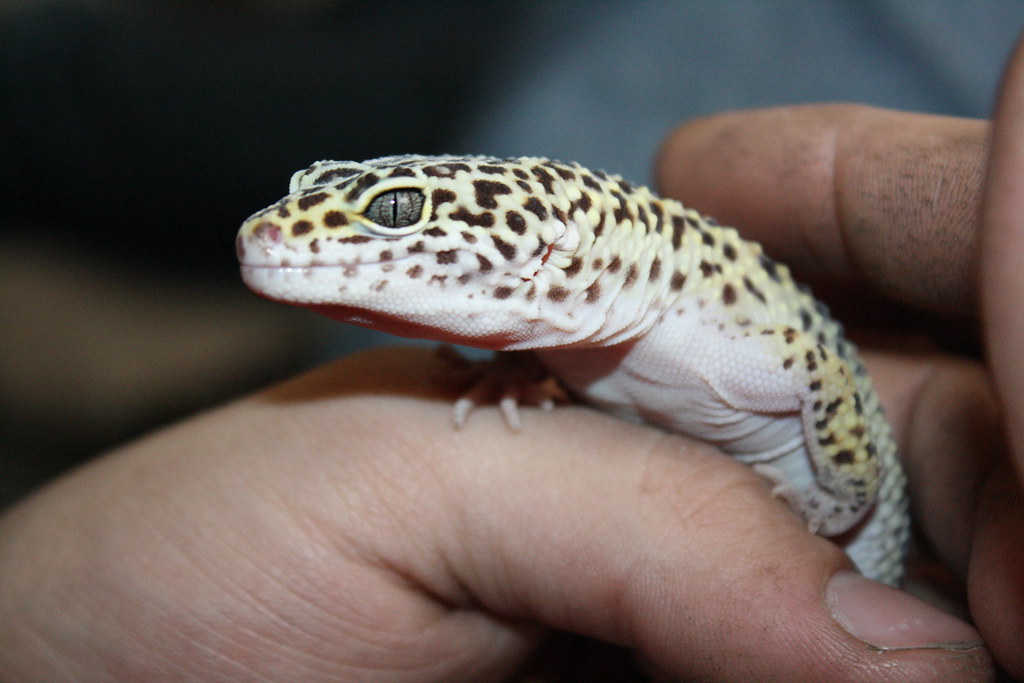
One of the most fascinating and lesser-known features of leopard geckos is that the skin on their undersides is actually semi-transparent, particularly in juveniles and lighter morphs. This unique characteristic allows keepers to actually see food moving through their digestive tract after a meal, which can be valuable for monitoring digestive health. With a gentle light source, it’s possible to observe the silhouette of recently consumed insects making their way through the gecko’s system. This transparency also makes it easier to detect potential health issues like impaction or egg development in females before external symptoms become apparent, providing an unusual but practical “window” into their physiological processes that few other reptiles offer.
They Can’t Regenerate Limbs
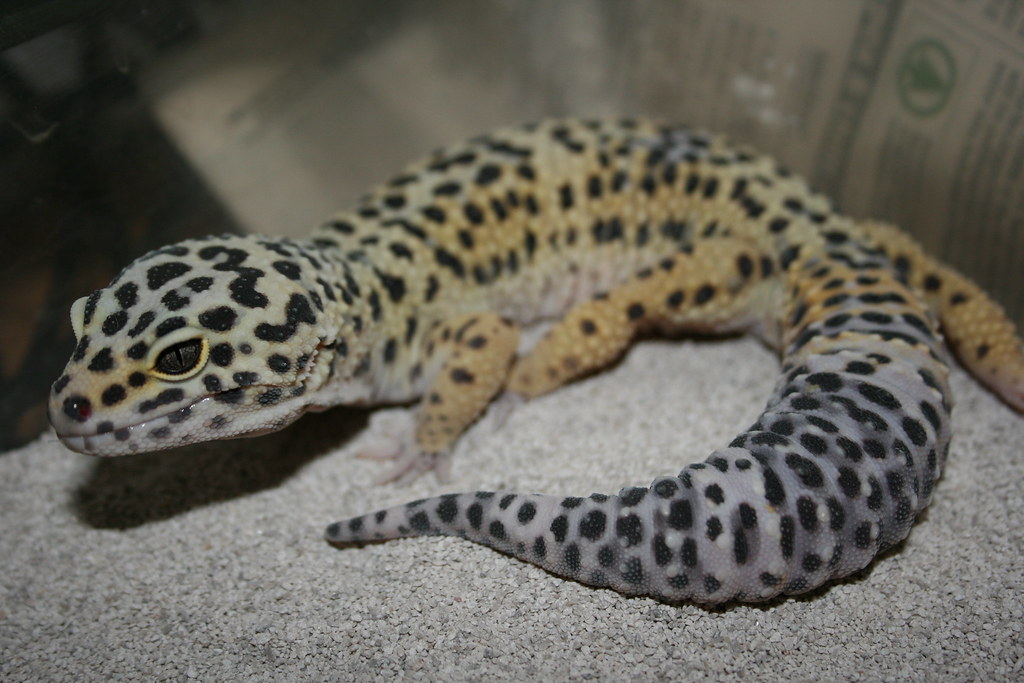
While leopard geckos are famous for their ability to regenerate their tails, there’s a common misconception that they can regrow other body parts as well. In reality, their regenerative abilities are strictly limited to their tails, and they cannot regrow lost toes, limbs, or other appendages. When a leopard gecko loses a toe or sustains damage to a limb, the injury is permanent, which is why proper habitat setup to prevent accidents is crucial for these reptiles. The specialized mechanism that allows for tail regeneration involves particular stem cells and genetic programming that isn’t present in other parts of their bodies. This limitation highlights the importance of protecting pet leopard geckos from conditions that might lead to injuries beyond their limited regenerative capabilities.
They Have Incredible Longevity
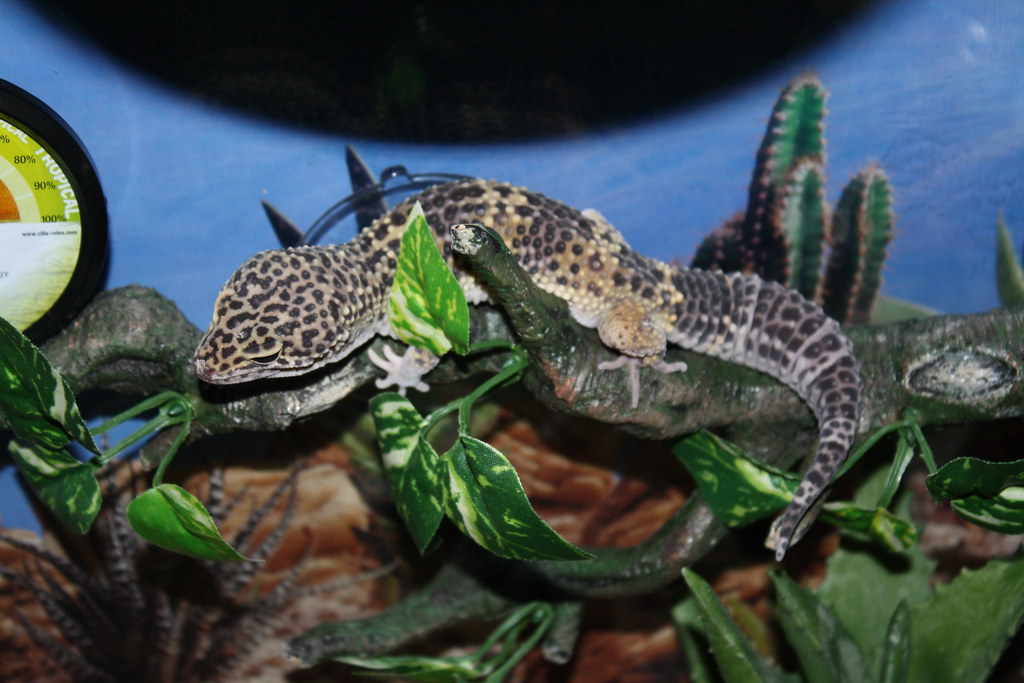
Leopard geckos stand out among small reptiles for their remarkable lifespan, with properly cared-for individuals frequently living 15-20 years in captivity, and some exceptional specimens reaching 25 years or more. This impressive longevity makes them one of the longest-lived small reptiles commonly kept as pets, outliving many dogs and cats. Their extended lifespan is believed to be related to their slow metabolism and the effectiveness of their desert-adapted physiology at managing physiological stress. This surprising longevity means that acquiring a leopard gecko should be considered a long-term commitment, more akin to adopting a parrot than a typical small pet, and explains why some leopard geckos have been passed down through generations within families.
They Can Recognize Their Owners

Despite their primitive reptilian brains, leopard geckos demonstrate a surprising ability to recognize and respond differently to their regular caretakers compared to strangers. Long-term owners often report that their geckos show distinctive behavioral changes when approached by familiar versus unfamiliar people, sometimes becoming more active or approaching the glass when their regular keeper enters the room. This recognition appears to develop through consistent positive interactions, particularly hand-feeding experiences where the gecko associates specific people with food rewards. While this doesn’t represent the same emotional bonding that mammals experience, it does indicate more sophisticated cognitive capabilities than reptiles are typically credited with, suggesting they can form basic associations between individual humans and positive or negative experiences.
They Have Endurance Rather Than Speed
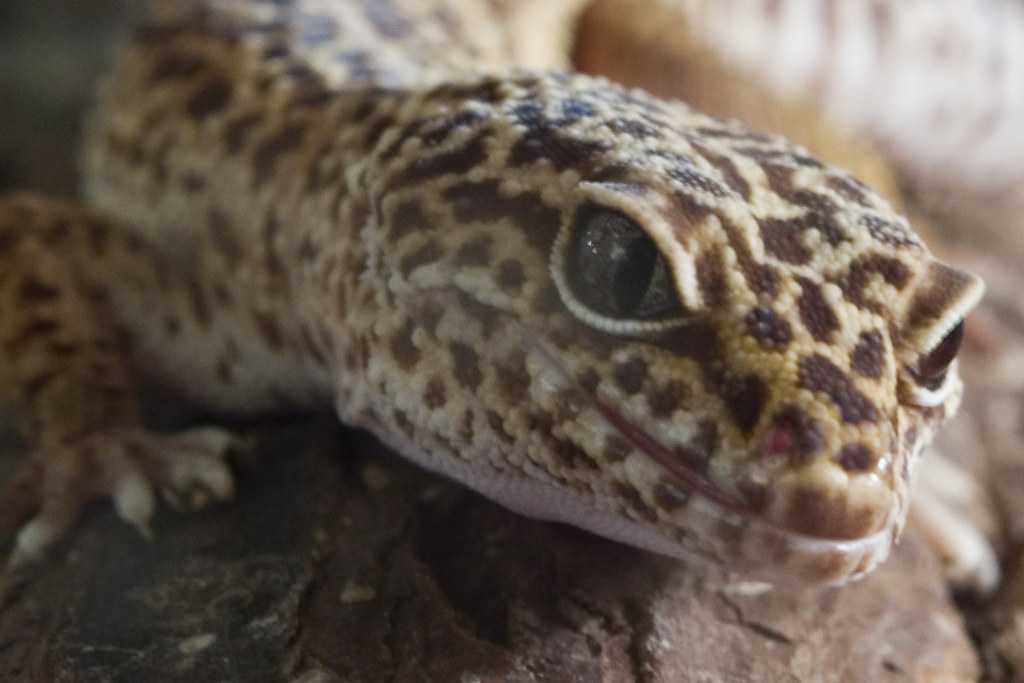
Unlike many lizards that rely on bursts of speed to escape predators, leopard geckos have evolved as endurance specialists rather than sprinters. Their stocky build and relatively short legs aren’t designed for quick getaways but instead allow them to travel methodically over long distances while conserving energy. In their natural habitat, this adaptation enables them to patrol larger territories in search of scattered food resources across arid environments where conserving energy is crucial. This steady-paced approach to movement also explains their hunting strategy—patient stalking followed by a precisely timed strike rather than high-speed pursuit of prey. Understanding this natural movement pattern helps explain why large, open enclosures with multiple activity zones are more beneficial for captive leopard geckos than tall, arboreal setups.
They Have Antibacterial Skin

Leopard gecko skin contains natural antibacterial properties that help protect them in their desert environment, where wounds could otherwise easily become infected. Research has identified specific peptides in their skin that can inhibit the growth of various bacteria, providing a natural defense mechanism against infections. This adaptation helps explain why leopard geckos can sometimes recover from minor injuries without veterinary intervention, though proper care is still essential. Scientists are actually studying these antibacterial compounds for potential applications in human medicine, particularly as we face increasing antibiotic resistance challenges. This remarkable adaptation is one reason leopard geckos tend to have fewer skin infections than many other reptile species, though they still require clean habitat conditions to maintain optimal health.
They Have Nearly 100 Different Color Morphs
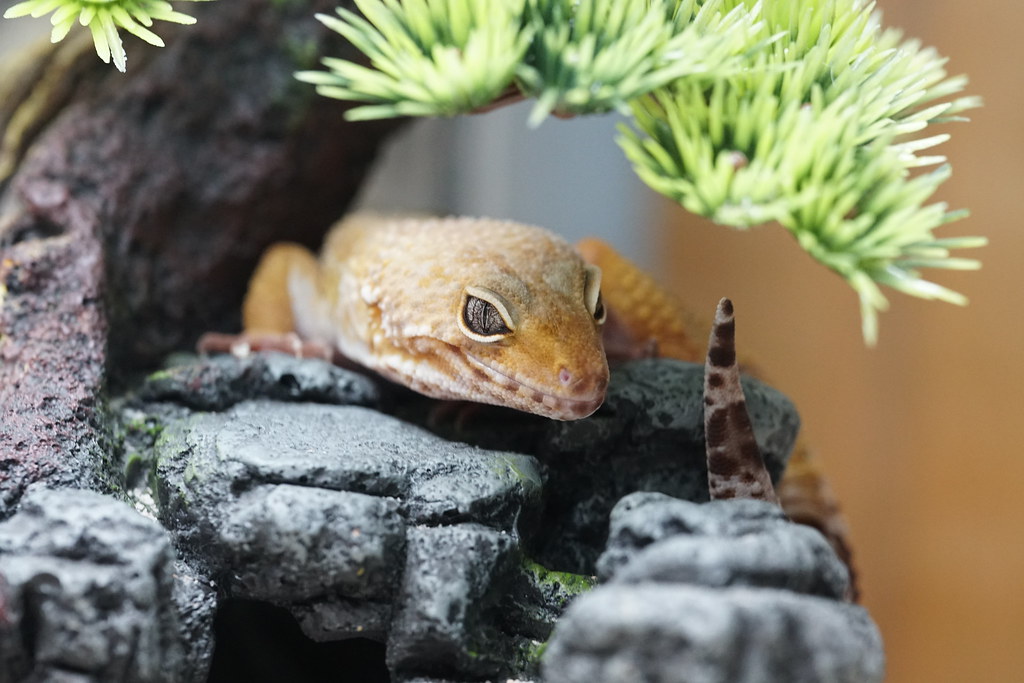
Through selective breeding programs over several decades, leopard geckos now exist in an astonishing array of nearly 100 distinct color variations and pattern morphs that bear little resemblance to their wild-type ancestors. From the vibrant orange Tangerine morph to the striking Black Night variety, or the spotted Snow morphs to the patternless Blizzard varieties, breeders have created an extraordinary palette of options that has significantly contributed to these geckos’ popularity. Each morph results from specific genetic combinations affecting pigment production and distribution, with some rare designer morphs commanding prices in the thousands of dollars. This incredible diversity means that two leopard geckos can look so dramatically different that an uninformed observer might not even recognize them as the same species, making them one of the most varied reptile species in the pet trade.
They Use Their Tails for Balance
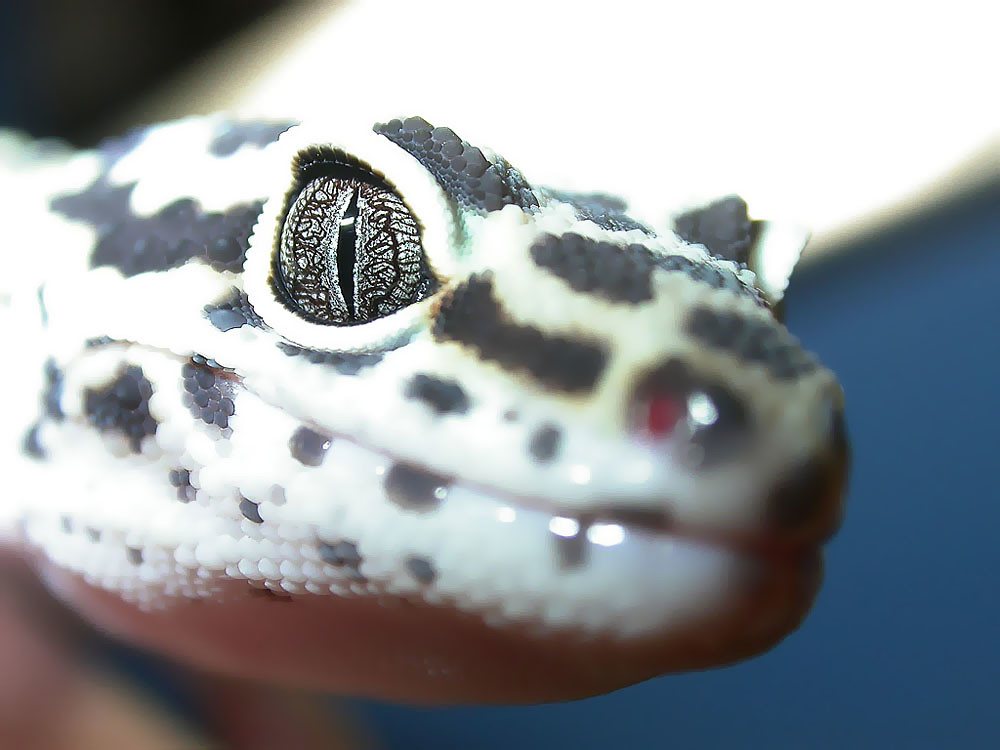
Beyond serving as a fat storage organ and defensive mechanism, the leopard gecko’s tail plays a crucial role in maintaining balance during movement. When leopard geckos walk, climb, or hunt, their tail works as a counterbalance, subtly shifting position to help maintain stability much like a tightrope walker’s pole. This function becomes particularly apparent when observing geckos that have recently lost their tails, as they often demonstrate temporarily impaired coordination until they adapt to the absence of this balancing tool. The tail also serves as a proprioceptive organ, providing the gecko with spatial awareness information about its body position relative to its surroundings. This balance function, combined with their fat storage capability, explains why healthy tail maintenance is considered so important for overall leopard gecko wellness.
They Have Three-Chambered Hearts
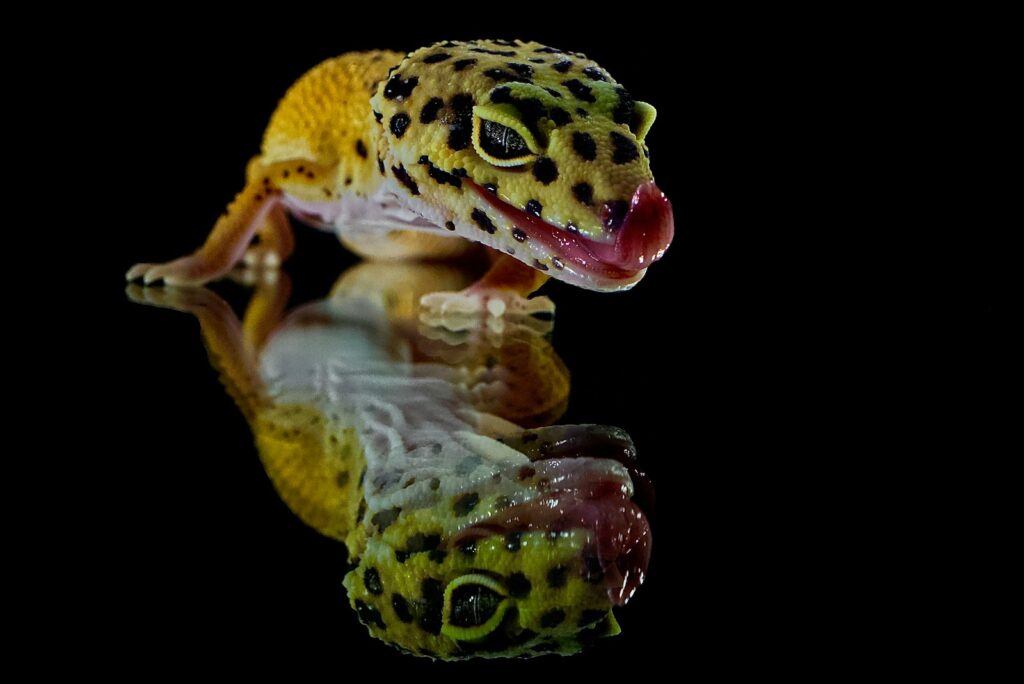
Leopard geckos possess a three-chambered heart, consisting of two atria and one partially divided ventricle, which represents an evolutionary step between the two-chambered hearts of fish and the four-chambered hearts of mammals and birds. This cardiovascular structure allows for some mixing of oxygenated and deoxygenated blood, which corresponds with their relatively low metabolic rate compared to mammals. Their cardiac system is remarkably efficient for their needs, capable of adapting to different activity levels and environmental temperatures by adjusting heart rate and blood flow distribution. This adaptable circulatory system supports their ability to thrive in variable desert conditions where activity levels and metabolic demands change significantly between day and night, and helps explain their impressive tolerance for temperature fluctuations that would stress many other reptile species.
They Can Smell With Their Tongues

Leopard geckos possess a specialized sensory system called the Jacobson’s organ (or vomeronasal organ) that allows them to literally “taste” the air to detect chemical signals. When a leopard gecko flicks its tongue, it’s collecting scent particles that are then transferred to this specialized organ located in the roof of the mouth, providing detailed chemical information about their environment. This behavior, known as “lingual sampling,” helps them locate prey, identify potential mates, detect predators, and navigate their territory with remarkable precision even in complete darkness. The sensitivity of this system is extraordinary—leopard geckos can detect insect pheromones at concentrations far







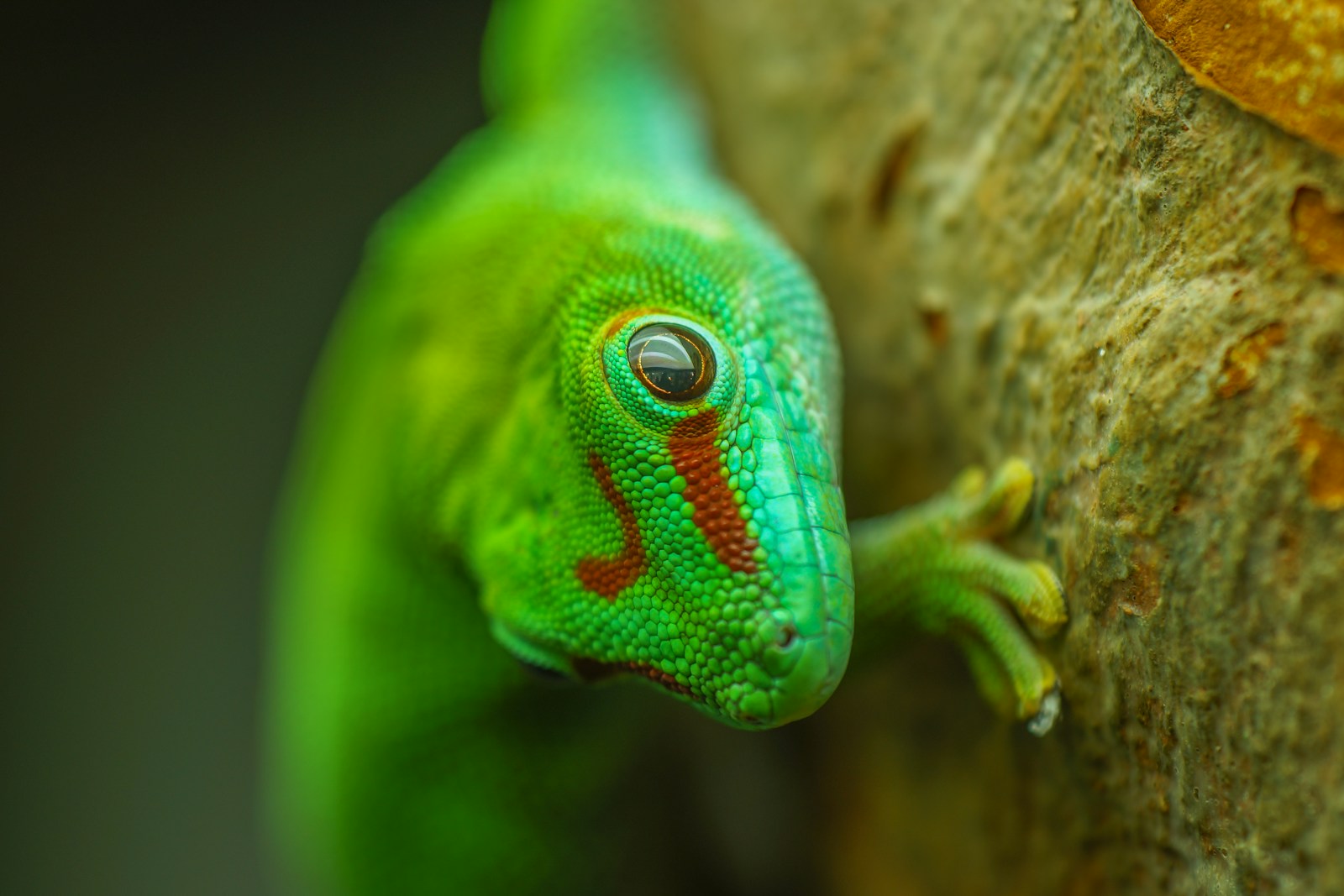
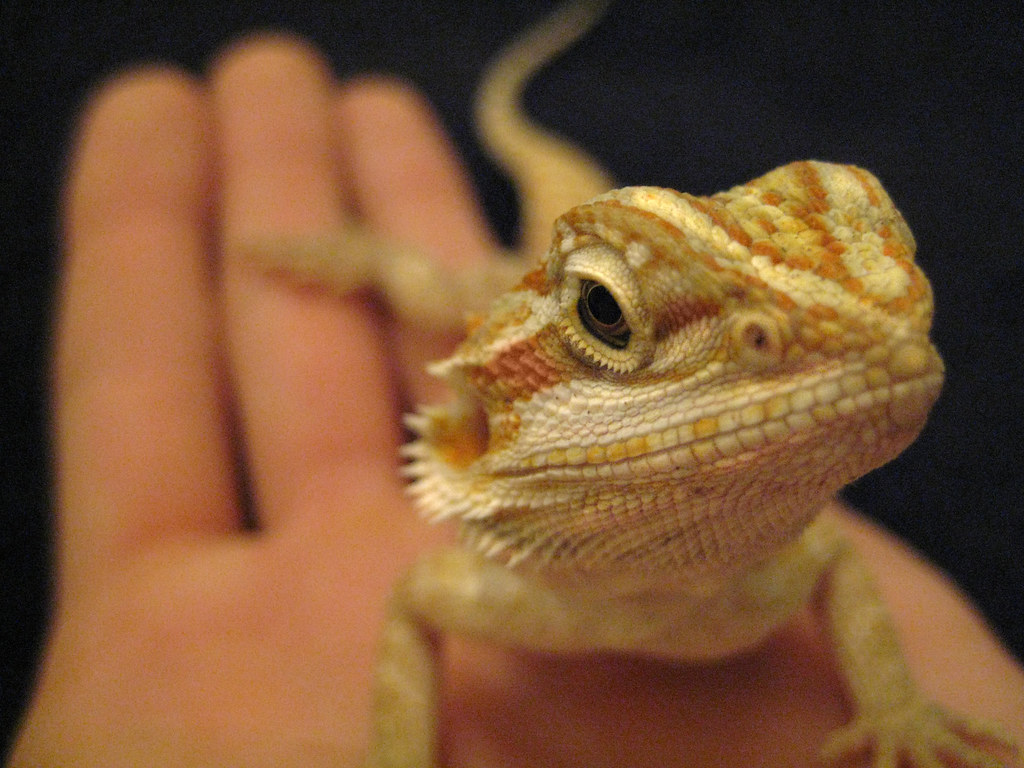


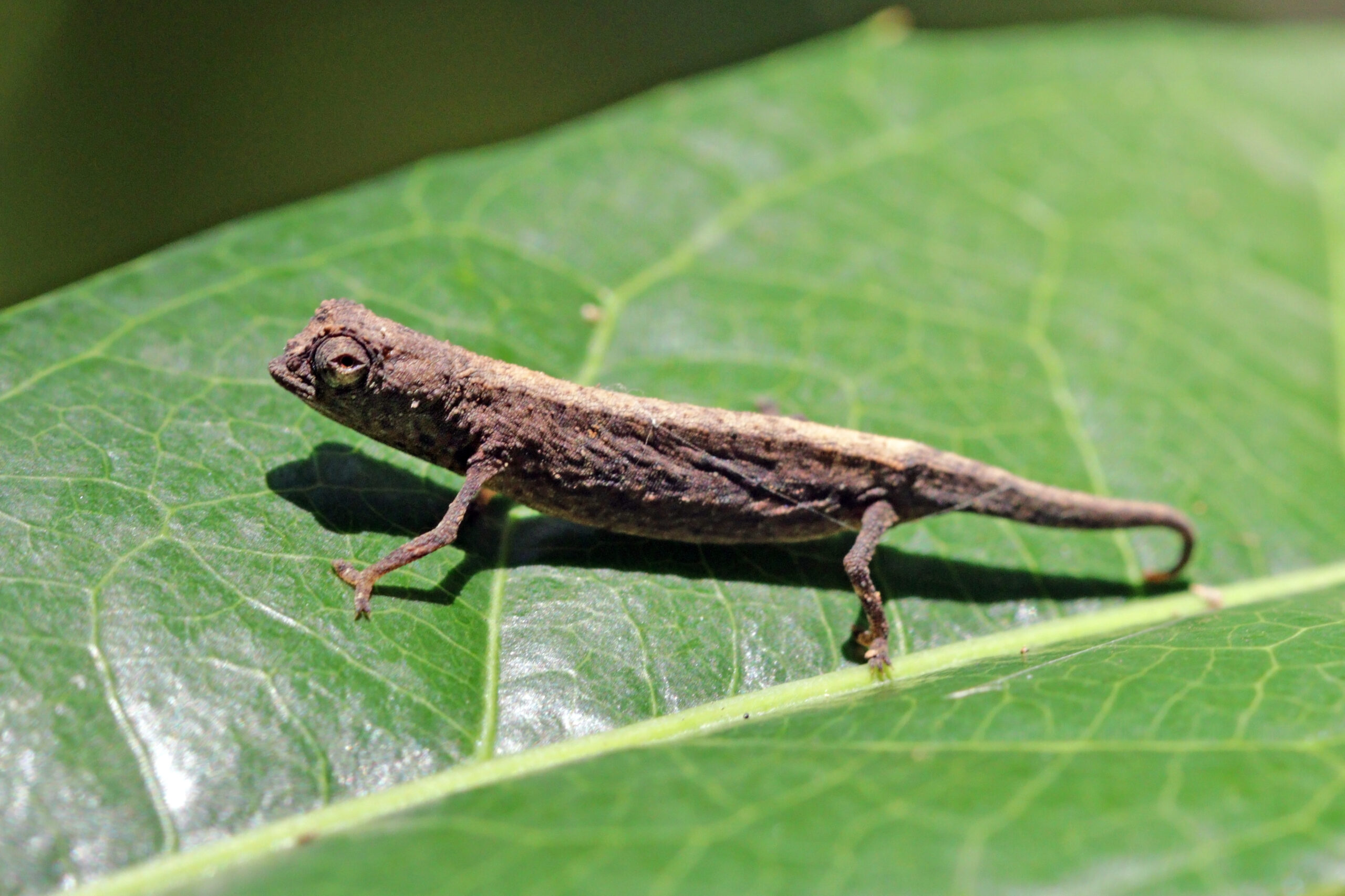




Leave a Reply